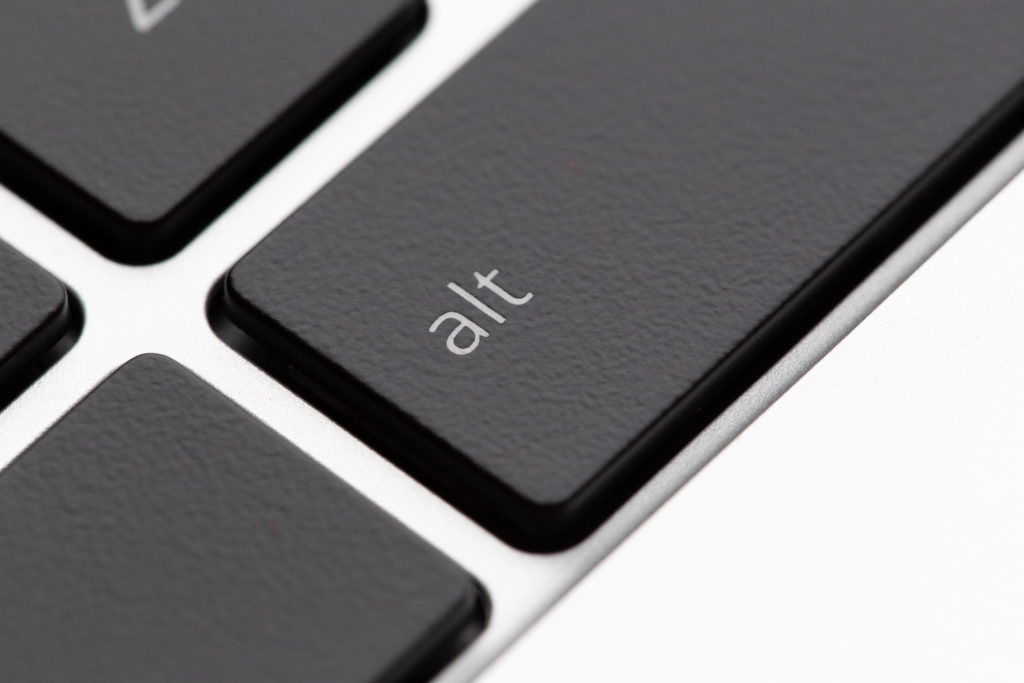There is a limit to what intellectual property law, can cover. Eventually the truth is already defined.
With Tyner Group Legal Engine°, the truthfulness and truthiness of IP law isn’t going to be altered that much further, for the most part, as this is based off the existing Tyner Group legal framework.
What does morph further, in the future, are the WXV Map Law Imprints, which each serve very different specialisations of law, via intellectual property, and location. What this means is the WXV x Tyner Group legalese framework is greater than the sum of its parts, as the WXV legal environment is broader and more open, while further IP law specialised forms° are added and refined.





